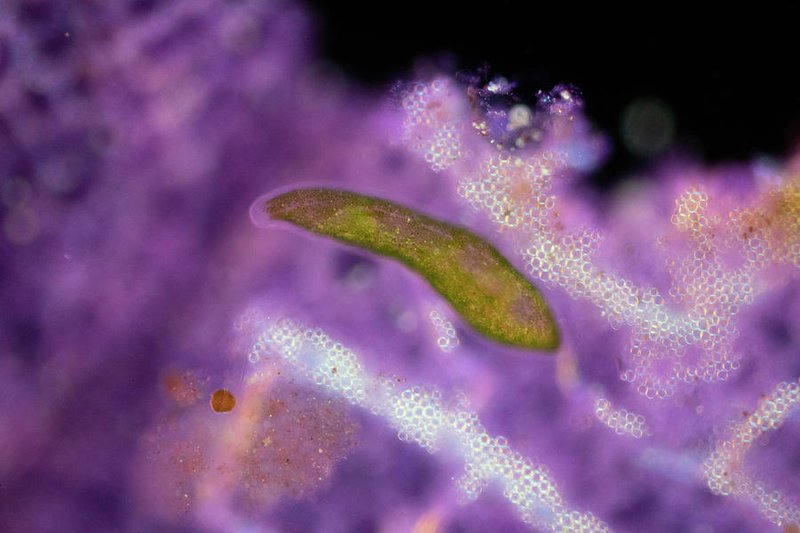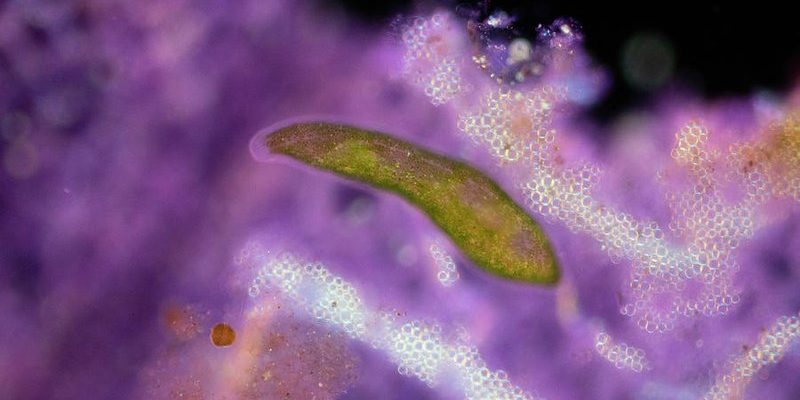
In recent years, the use of field cameras—like those made by brands such as Bushnell or Reconyx—has transformed how researchers capture the lives of flatworms. These cameras, often set to snap photos or record videos at the first hint of movement, reveal a world we might miss with the naked eye. So, let’s dive into how these devices work, why they matter, and how you can get started with documenting flatworm behavior.
Understanding Flatworms: An Overview
Flatworms belong to a fascinating group called Platyhelminthes. They come in various shapes and sizes, and many live in aquatic environments. You might be surprised to learn that there are over 25,000 known species! Some are free-living, while others are parasitic. This diversity makes them a rich subject for observation.
When you think of flatworms, you might picture a wiggly shape, but they’re more than just squiggles. These creatures have a unique body structure that allows them to thrive in various settings. Their flat form enables easy movement in water and offers them an edge in capturing prey. Watching how they interact with their surroundings can reveal a lot about their ecological roles.
Many researchers are now interested in studying their behaviors. From hunting techniques to ambient environmental responses, understanding flatworm behavior provides essential insights into aquatic ecosystems. And here’s the thing: field cameras present a non-invasive way to observe these creatures in their natural habitat without disturbing their routines.
Setting Up Your Field Camera
Getting started with a field camera is quite simple, even for beginners. First, you’ll want to choose the right model for your needs. Brands like Bushnell offer a variety of options suited for different environments. Look for features like motion sensors, night vision, and weatherproofing.
When setting up your camera, here’s a step-by-step guide:
- Choose the Right Location: Identify areas where flatworms are likely to be active, such as near vegetation or shallow waters.
- Mount the Camera: Use a tripod or secure it to a stable surface. Aim for a spot that captures a broad view of the area.
- Set Your Settings: Adjust the camera settings to capture both daytime and nighttime activity. Most models allow you to choose video or photo modes.
- Test and Monitor: Do a trial run to ensure the camera angle is correct. Check periodically to see if it’s working as intended.
Setting up the camera can be a bit like setting a trap for a mystery—you’re never quite sure what you’ll catch until you review the footage.
What to Expect: Observing Flatworm Behavior
Once your camera is in place, it’s time to sit back and wait for some action. Observing flatworm behavior can be downright fascinating. One of the first things you might notice is their movement. Flatworms often glide effortlessly, using cilia—tiny hair-like structures on their surface—to propel themselves through water.
You might also witness them engaging in some unique feeding behaviors. Many flatworms are carnivorous and hunt down smaller organisms. Imagine watching them sneak up on a helpless snail or catch some tasty protozoans. It’s like a mini nature documentary unfolding right before your eyes!
Additionally, you may see how they react to their environment. Changes in light or the presence of other creatures can influence their behavior, and having footage allows you to analyze these responses carefully. Each observation can contribute to a broader understanding of their role in the ecosystem and their interactions with other species.
Analyzing Your Footage
After you’ve collected some videos or photos, it’s time to dive into the fun part: analysis! Reviewing the footage can be both exciting and enlightening. First, you’ll want to sift through the content to find noteworthy behavior.
Here are some tips for analyzing your flatworm footage:
- Look for Patterns: Do certain behaviors occur more frequently during specific times of the day? Pay attention to their activity levels.
- Document Interactions: Note how flatworms respond to other species or changes in their environment.
- Take Notes: Create a journal to record your observations and thoughts as you watch the footage. This helps in spotting trends over time.
Documenting these findings not only enriches your own understanding but can also contribute valuable information to the scientific community.
Challenges and Troubleshooting
As with any remote documentation, you might run into some challenges along the way. One common issue is camera placement. If your camera isn’t capturing clear footage, consider whether it’s positioned too high or too low. The angle can significantly affect what you see, so don’t hesitate to reposition it a few times.
Battery life is another factor. Make sure your field camera is charged and equipped with fresh batteries before each observation. Some models have power-saving features, but if your camera isn’t set up properly, it might miss out on key moments.
Finally, you might face environmental challenges such as water clarity or plant overgrowth. If your footage is blurry or obstructed, think about relocating your camera to a clearer spot or cutting back some vegetation for an unobstructed view.
The Importance of Recording Behavior
Documenting flatworm behavior is more than just a hobby; it’s crucial for understanding these creatures’ roles in the ecosystem. By observing their interactions and adaptations, scientists can gather data on how they respond to environmental changes, including pollution or habitat loss.
For instance, if flatworms suddenly change their behavior patterns, it could indicate shifts in water quality or food availability. Tracking these changes helps conservationists develop strategies to protect aquatic ecosystems.
Think of your documentation as a part of a larger story, adding valuable pages to our understanding of biodiversity. Every moment you capture is a piece of the puzzle that illustrates the life of these slippery creatures.
Final Thoughts: Embracing the Adventure
Using field cameras to document the behavior of flatworms opens up a whole new world of exploration. It’s not just about observing; it’s about connecting with nature in a way that’s both educational and entertaining. Honestly, if you have a curiosity for the natural world, this venture can ignite a passion for science and conservation.
So, grab your field camera, head out to a wetland or pond, and let the flatworms surprise you. You never know what unexpected behaviors you might capture and how they might contribute to our understanding of these remarkable creatures. Happy observing!

